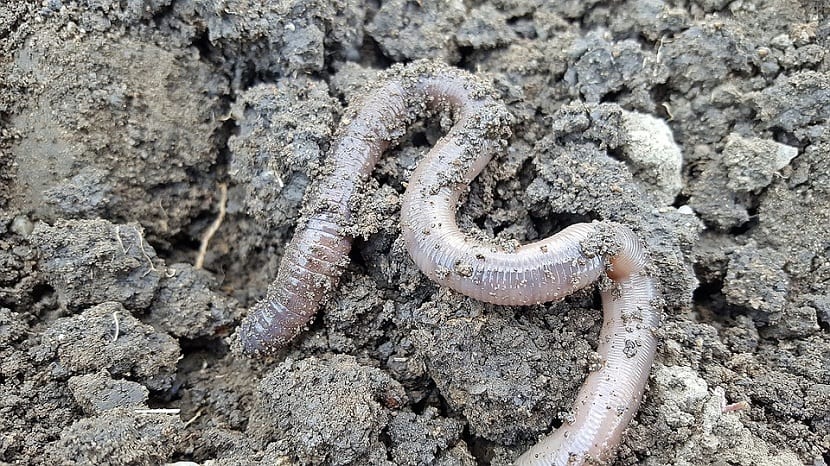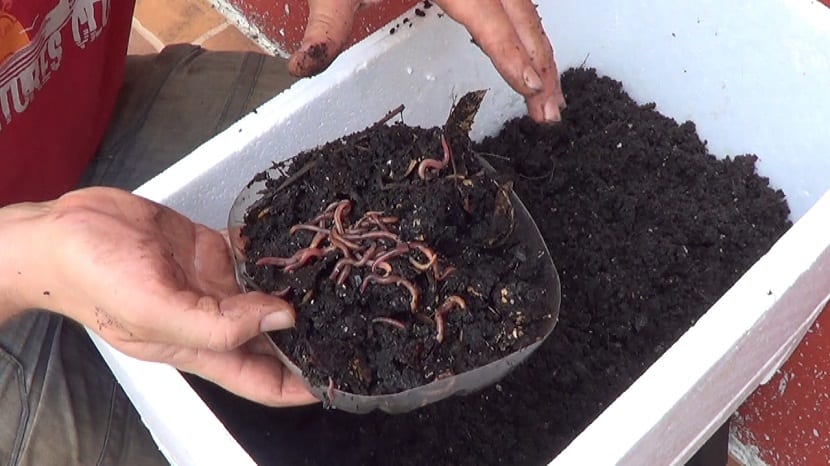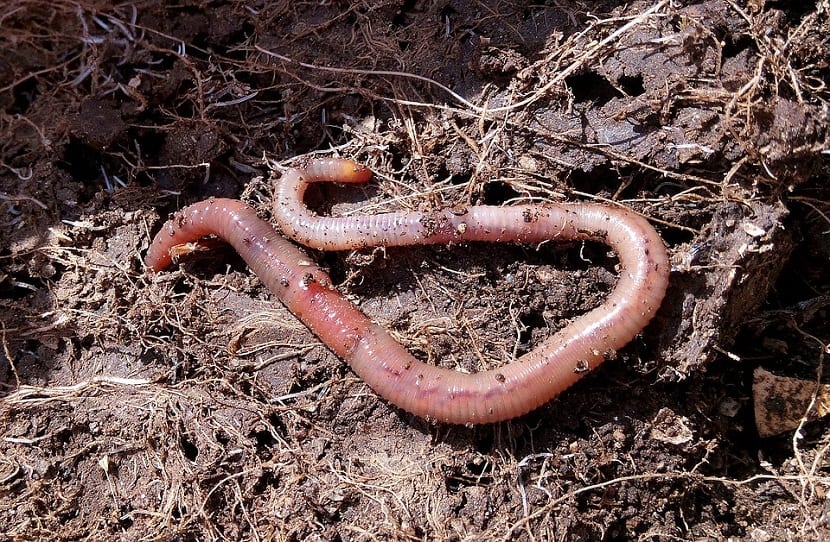
The scientific name of the californian worms es Fetid eisenia, but apart from these they are also known by another name such as red worm, California red worm, earthworm, compost, compost worm and many others.
There is a variety of species of worms, but because of their easy way of adapting to being in captivity and their little care, the Californian worm is the most suitable for compost or we can also call it earthworm humus, either for domestic use or for industrial use.
Why are Californian worms recommended for compost?

The Californian red worm is an incomplete hermaphrodite species, this means that possess both sexes, but has the need to mate in order to reproduce.
In their small body they possess five simple hearts and six pairs of kidneys. By having a habitat where they are in captivity, they have a life time of approximately 15 years and are capable of not contracting or transmitting any type of diseases.
The adult roundworm has a approximate weight of plus or minus 1 gram and your daily diet is equal to your body proportion, so that it becomes humus or part of the compost. They are creatures that are not able to withstand sunlight and if they are exposed to the sun's rays they can die in a few minutes. In the best conditions can produce 1.500 worms Throughout the year, this means that they have an excellent reproductive capacity, in areas that may have high humidity and those that have mild temperatures, causing their population to double every three months.
The way in which the worm advances is by digging the earth as it feeds, depositing its feces and returning again to a land that has a lot of more fertility, compared to others that are usually placed a large amount of fertilizers.
So we can say that the waste that worms produce seven times more phosphorus, twice the calcium and five times more nitrogen and potassium, than the organic material they feed on, so they are recommended for compost.
If we use Californian earthworms at an industrial level, it is necessary to have suitable sites with the best conditions in which we can count about 10.000 worms for every two square meters of land.
If they are going to be used to make domestic compost, they are used what we call vermicomposters, which can be purchased or we can manufacture it ourselves. These will be the homes of our worms, they are drawers stacked where we will put a large amount of these creatures, of course also depending on the amount of waste that we can generate in our homes or in the garden and so that the worms feed on this waste in the drawers that are in the lower part, we will have to place more food in those that are in the upper part, so that the humus separated from organic material.

In turn, some vermicomposters have in the lower part a bucket with a tap that we can use to get hummus in liquid form, which is also known by the name of leachate or worm tea.
We must bear in mind that in the lower part of the home that contains the worms, it must always be of a material that can allow the water drain so that it does not flood and end up drowning them, because they need a place to live that is humid but that is not completely filled with this liquid.
It is even necessary that these drawers are in a special place, that is, they should not be where it is very cold and very hot, to finally complement the Californian earthworm care.
I have left or died, the worms do not know what could have happened, for fifteen years I did it without any problem. What could happen?
Hello. I have them in a 20-liter container, but I notice that even though they have about 10 cm of food, they try to climb the walls, will they escape?
Victor
Hello Victor.
I don't think they will escape. Although if you want to make sure you can cover the container with mosquito netting.
Regards!